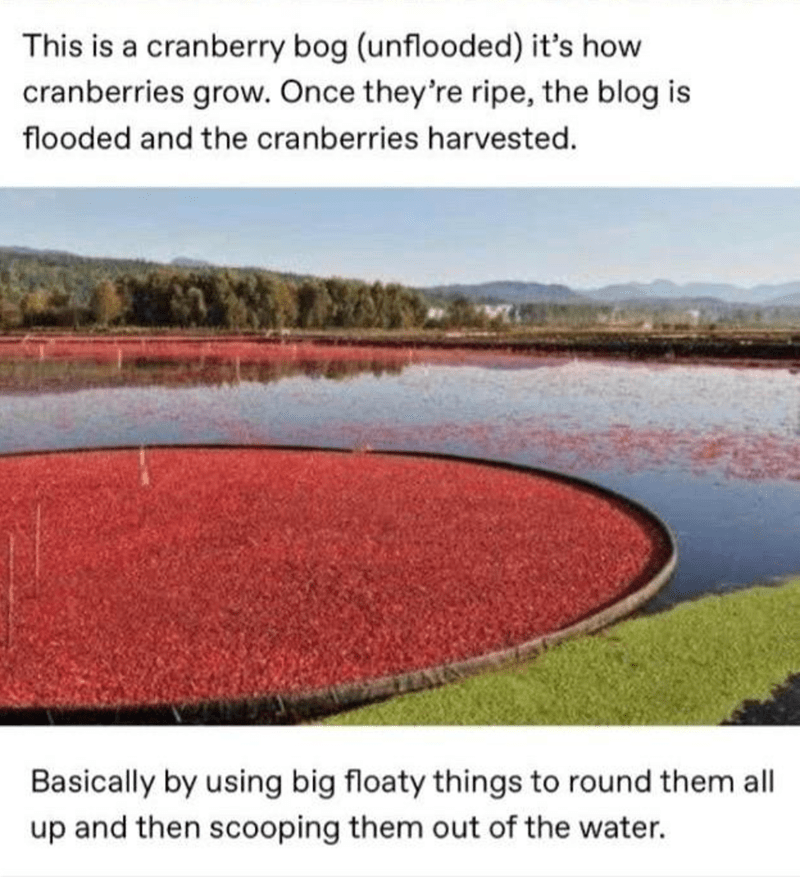Harvesting Cranberries is Significantly Creepier Than Most People Realize
This is the part of cranberry harvesting you never see in those Ocean Spray ads.
Published 4 years ago in Creepy
One of my absolute favorite things about fall is the fresh cranberries that become available in stores near my house. While I can buy frozen ones year-round and get other cranberry products anytime thanks to Ocean Spray (that one's free, but we'd welcome a sponsorship!), I definitely prefer cooking with the fresh stuff.
The harvesting of cranberries isn't quite what you'd expect it to be, however. Cranberries actually grow in fields of shrubs and vines that are dry most of the year. Because the ripe berries are extremely buoyant, however, the easiest method to collect them is to flood the fields they're grown in and then agitate the vines just enough to pop the berries loose and have them float right up to the surface. The water also helps keep the berries from being dried out by the autumn winds.
One thing that I definitely did NOT know, however, was just how many insects and other pests factor into this process... or the uniquely effective and slightly horrifying way in which that gets managed.
The harvesting of cranberries isn't quite what you'd expect it to be, however. Cranberries actually grow in fields of shrubs and vines that are dry most of the year. Because the ripe berries are extremely buoyant, however, the easiest method to collect them is to flood the fields they're grown in and then agitate the vines just enough to pop the berries loose and have them float right up to the surface. The water also helps keep the berries from being dried out by the autumn winds.
One thing that I definitely did NOT know, however, was just how many insects and other pests factor into this process... or the uniquely effective and slightly horrifying way in which that gets managed.








.jpg)